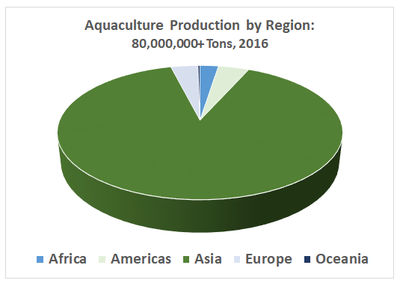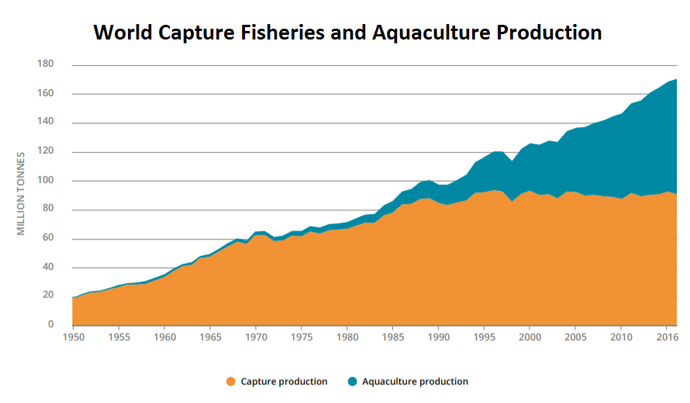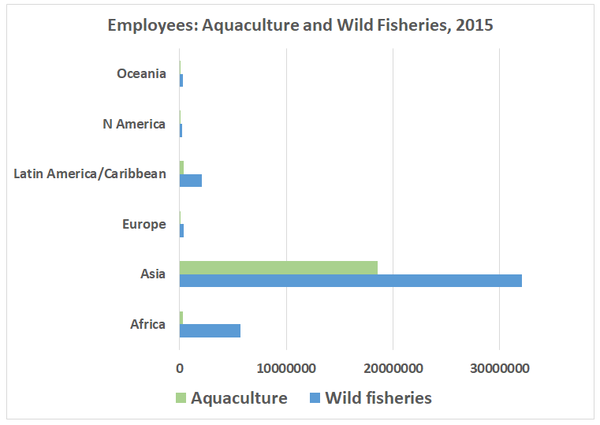Change for Aquaculture Industry: Vancouver Courier
Change for Aquaculture Industry: Vancouver Courier
Read the article from the Vancouver Courier about aquaculture.
Read the report “Toward a Blue Revolution” from the Nature Conservancy and Encourage Capital.
Read “2018: The State of the World Fisheries and Aquaculture” from the Food and Agriculture Organization of the United Nations: “Since 1961 the annual global growth in fish consumption has been twice as high as population growth…. The contribution of aquaculture to the global production of capture fisheries and aquaculture combined has risen continuously, reaching 46.8 percent in 2016, up from 26.7 percent in 2000”:

(Source: Toward a Blue Revolution)

(Graph excludes aquatic mammals, reptiles and plants. Source: 2018: The State of the World Fisheries and Aquaculture, Food and Agriculture Organization of the United Nations)

(Source: 2018: The State of the World Fisheries and Aquaculture, Food and Agriculture Organization of the United Nations)